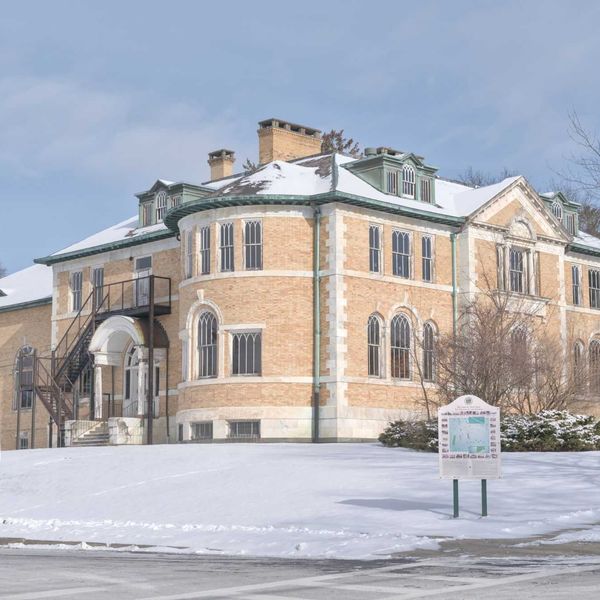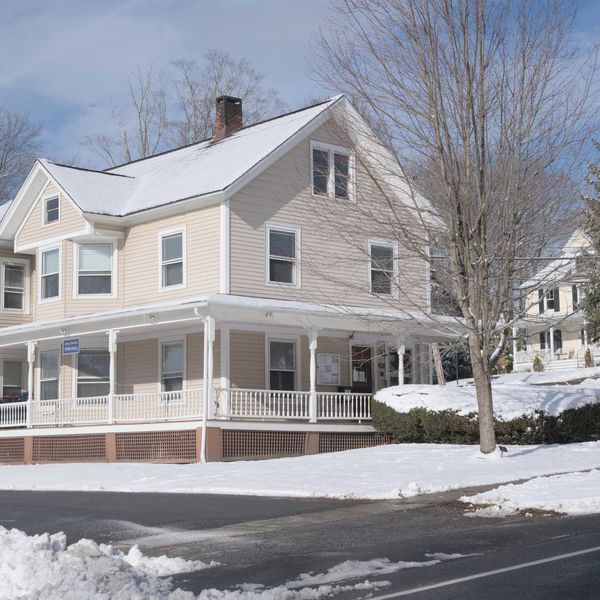The Tricky Business of Eating Found Foods
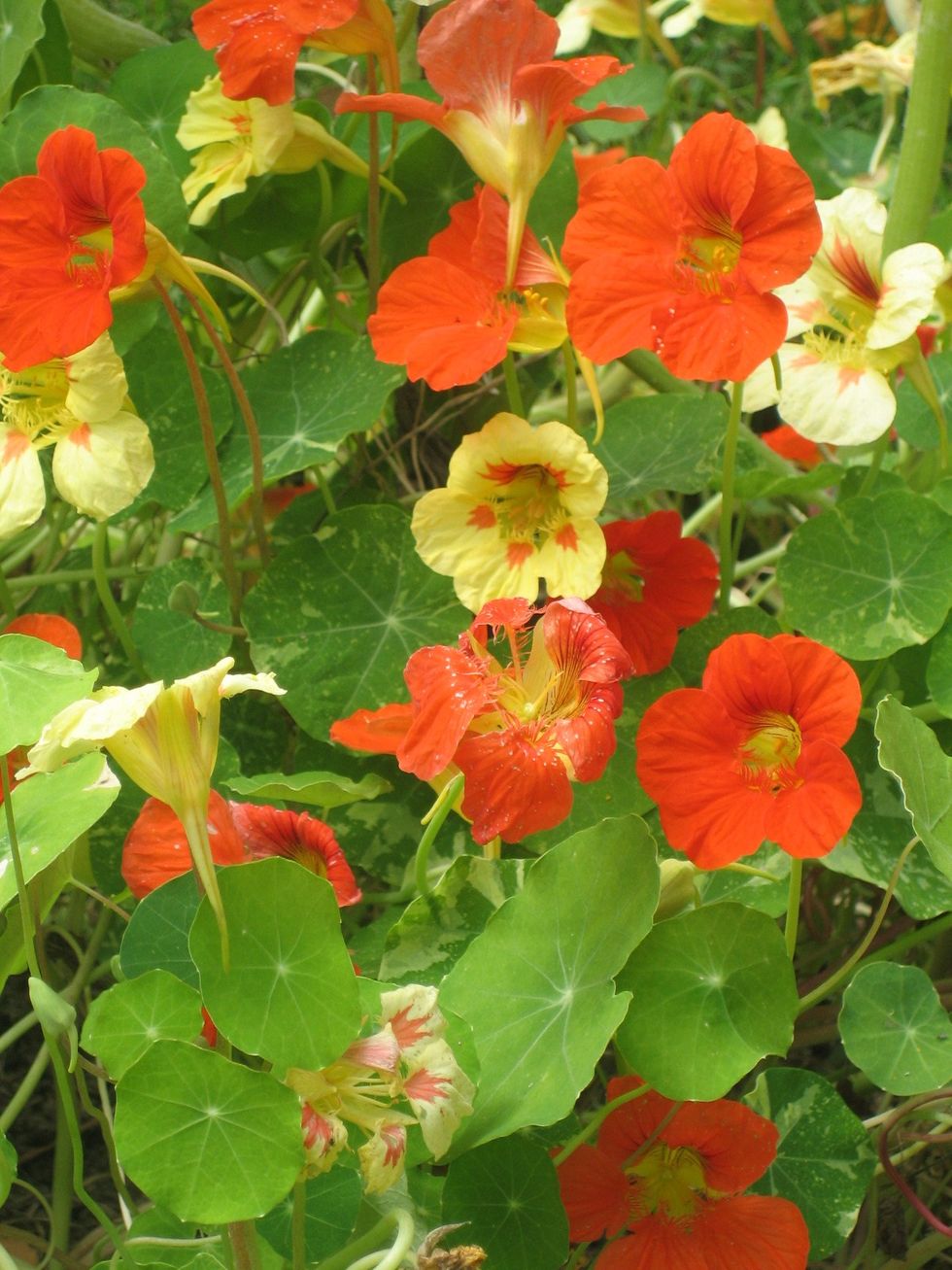
Nasturtiums are lovely, easy to grow and delicious on a salad — but don’t eat them unless you’re certain they are nasturtiums and not a toxic twin. Photo courtesy University of Connecticut


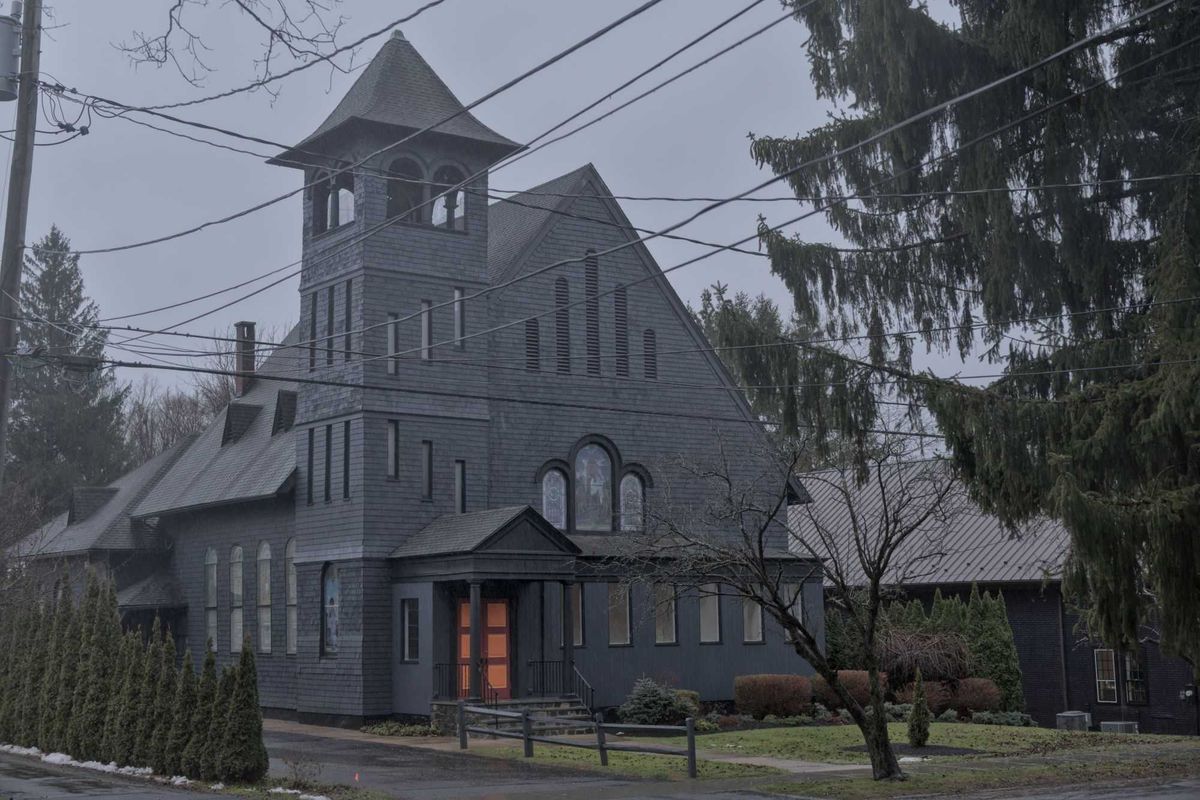

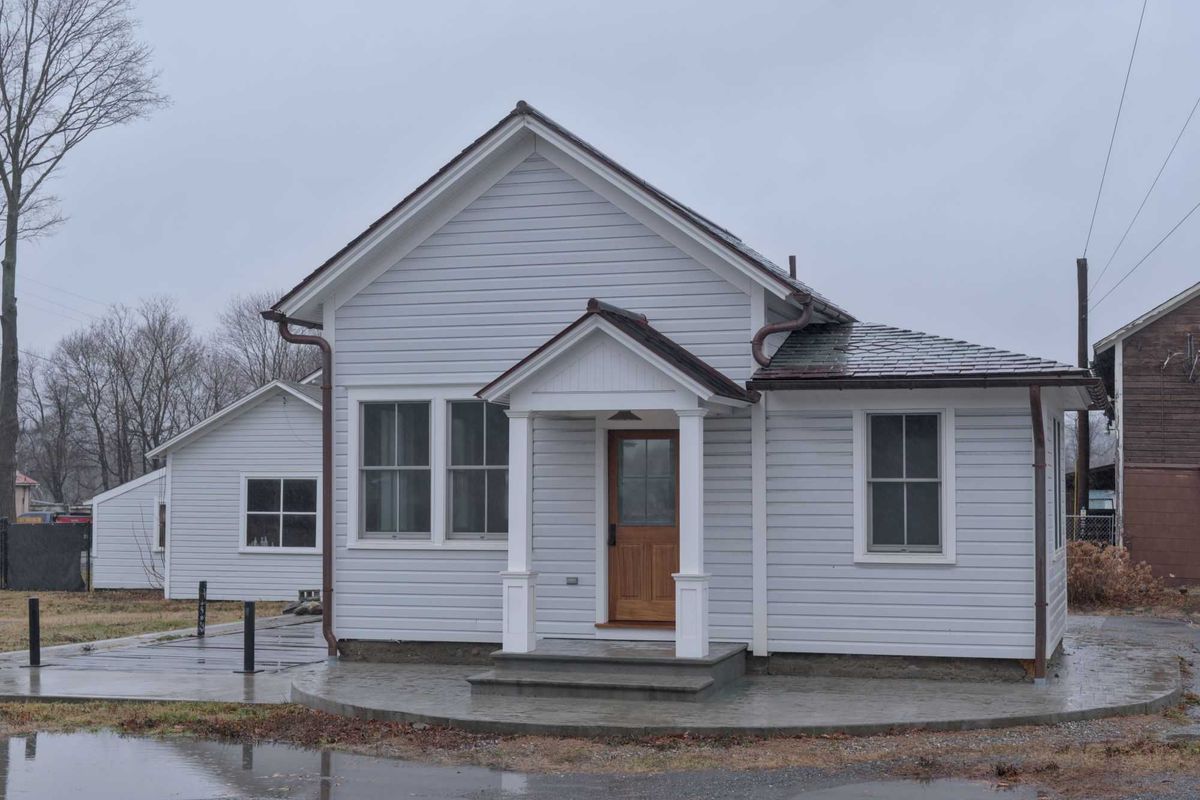


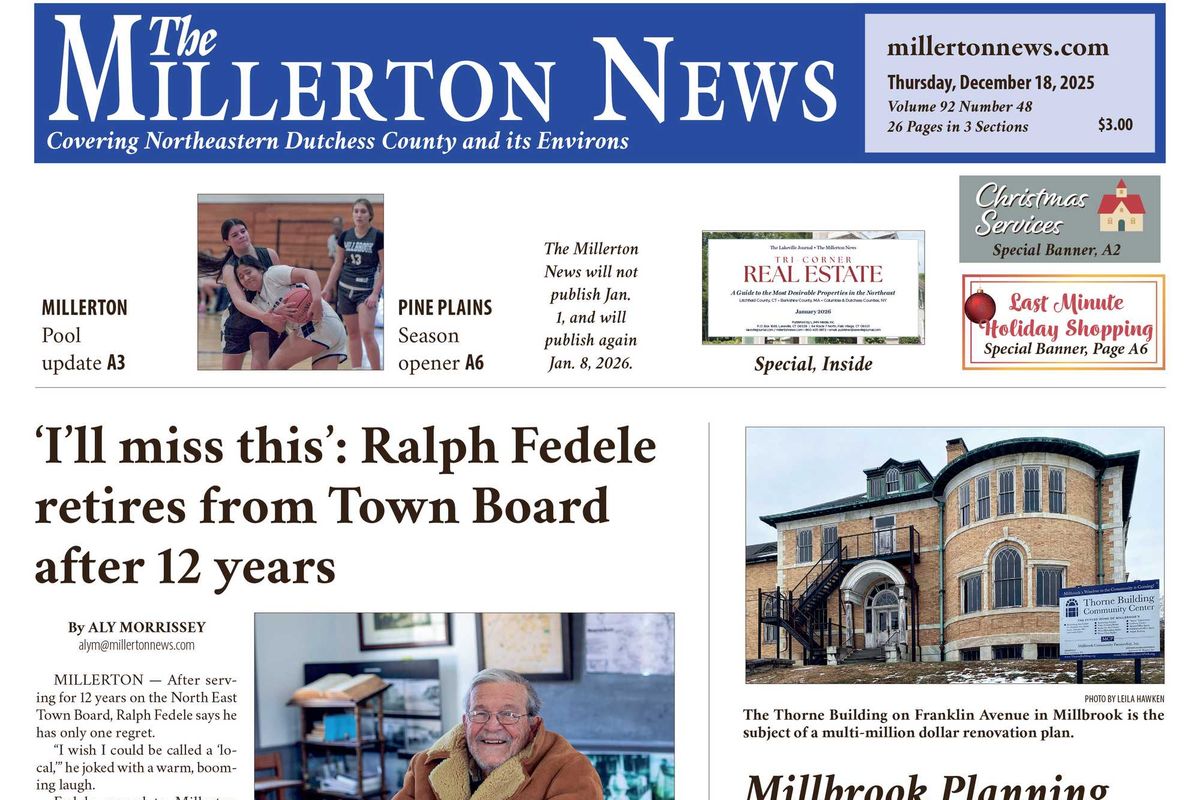

 Ralph Fedele sits at a table in the historic Irondale Schoolhouse in downtown Millerton. Fedele led the effort to renovate and relocate the schoolhouse to the center of the village.Photo by Aly Morrissey
Ralph Fedele sits at a table in the historic Irondale Schoolhouse in downtown Millerton. Fedele led the effort to renovate and relocate the schoolhouse to the center of the village.Photo by Aly Morrissey

